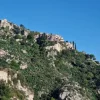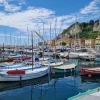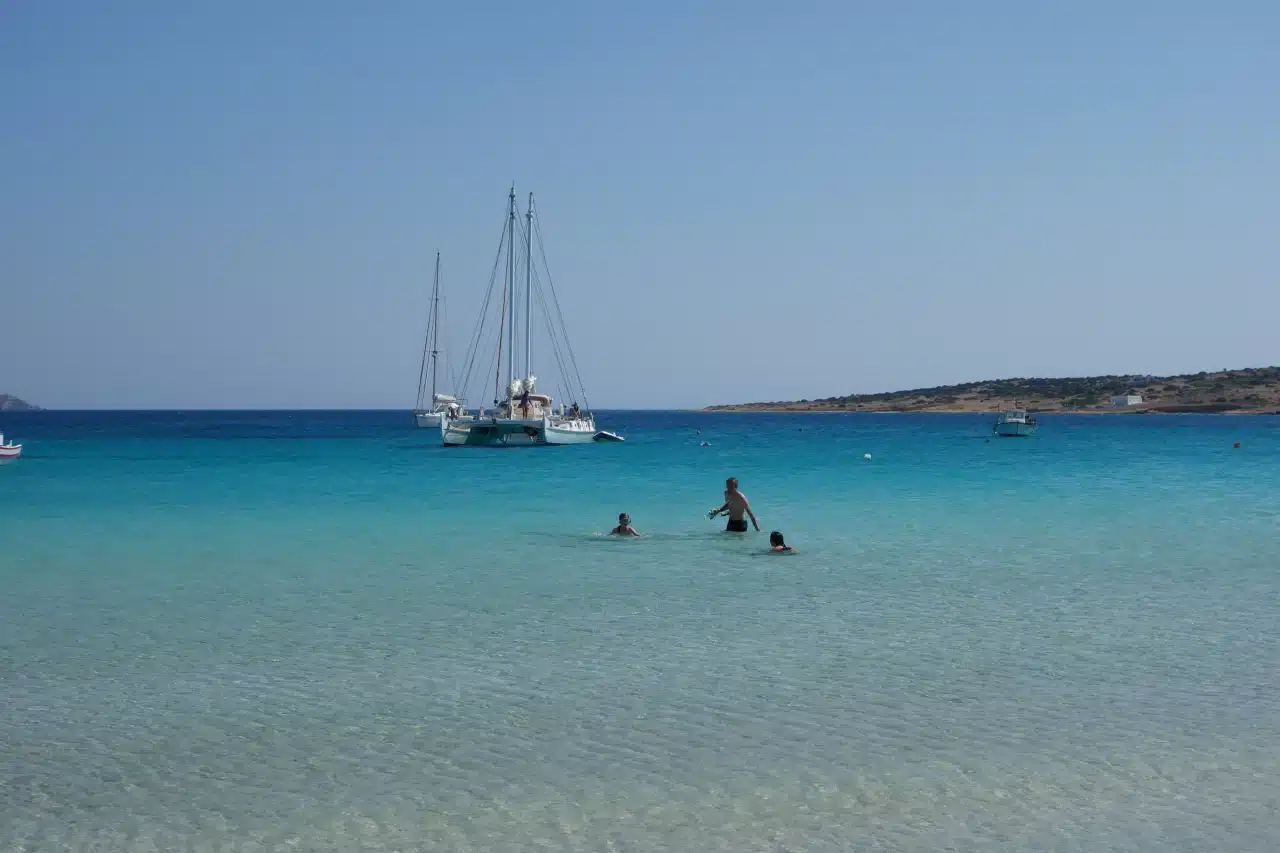During our last road-trip in Greece, we decided to discover Meteora with our family, a breathtaking UNESCO World Heritage Site. I had already visited it as a child, but I was still impressed by the formations and monasteries. These unique rock formations, crowned with medieval monasteries, offer a fascinating combination of nature and culture. The area is quite concentrated, so take the time to drive around once on the road to discover the magnificent views, then take the time to visit later. That way, you’ll have different views at different times of the day.
But if you’re in the region, don’t hesitate to get off the beaten track and visit some of the wonders of Epirus, a little-known region of Greece. We only stayed in the mountains on our way to Albania, and we were delighted to pass through a number of places of interest!
-> Contents +
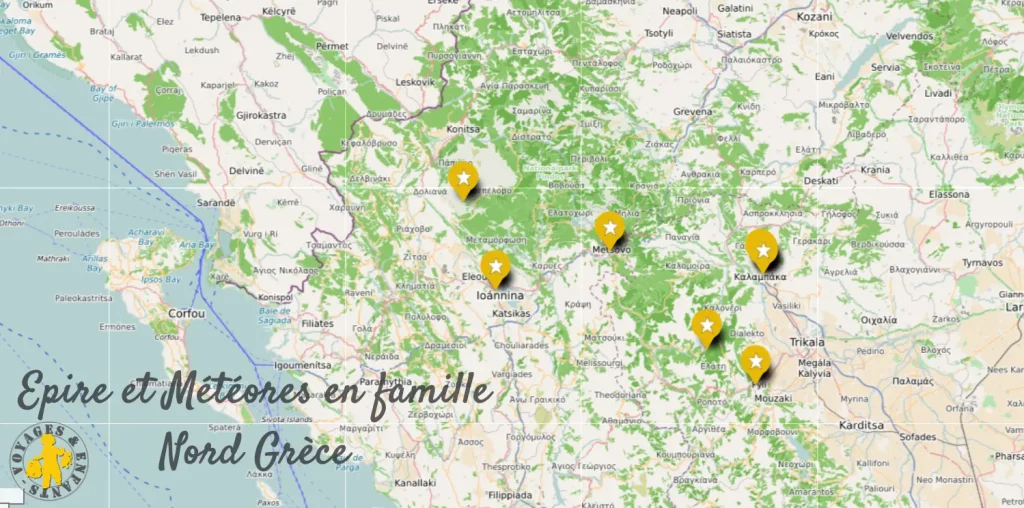
What are Meteora?
Meteora, located in central Greece near the town of Kalambaka, is famous for its imposing rock formations on which monks built monasteries in the 14th century. These rocks are of unique geological origin, formed millions of years ago by river sediments and erosion. Today, six monasteries are still active and open to visitors. Their name, ‘Meteora’, means ‘suspended in the air’ in Greek, an apt description for these immense stone pillars that seem to touch the sky.
Historically, Meteora became a place of spiritual retreat for Orthodox monks from the 11th century onwards. Seeking to escape persecution and invasion, these monks took refuge in the natural caves in the rocks. In the 14th and 15th centuries, the first monasteries were built, exploiting the isolation and difficulty of access to create places of prayer and meditation. The construction techniques used are just as impressive as the monasteries themselves. Building materials were hauled up by nets and pulleys, an arduous task that required immense strength and determination. Today, staircases carved into the rock make access much easier, but the growing number of visitors to these places of worship means that the monks are gradually abandoning them, preferring to retire to quieter parts of Greece, such as Mount Athos.
So be discreet when you visit!
Which monasteries to visit as a family?
We decided to visit the monasteries on our own, using only the information we found in travel guides. It was a bit of a shame as the children didn’t retain any of what we read. But you can take guided tours from the town of Kalambaka, which are much more fun for children!
The Great Meteor (or Monastery of the Transfiguration)
- Length of visit: Approximately 1 hour and a half
- Entrance fee: €3
- Times: 9am – 5pm, closed on Tuesdays
The largest and oldest of the monasteries, founded in the 14th century by Saint Athanasius. Here you can admire remarkable Byzantine frescoes and an impressive collection of manuscripts.
Our verdict: We arrived at around 8.30am and had to wait a long time on the stairs for the monastery to open, but this allowed us to visit the first rooms without too many people. After that, there were lots of people moving around in the accessible rooms. We were even able to watch the monks descend from their rock via the small ‘in-house cable car’. The gardens offer a spectacular view of the other monasteries.
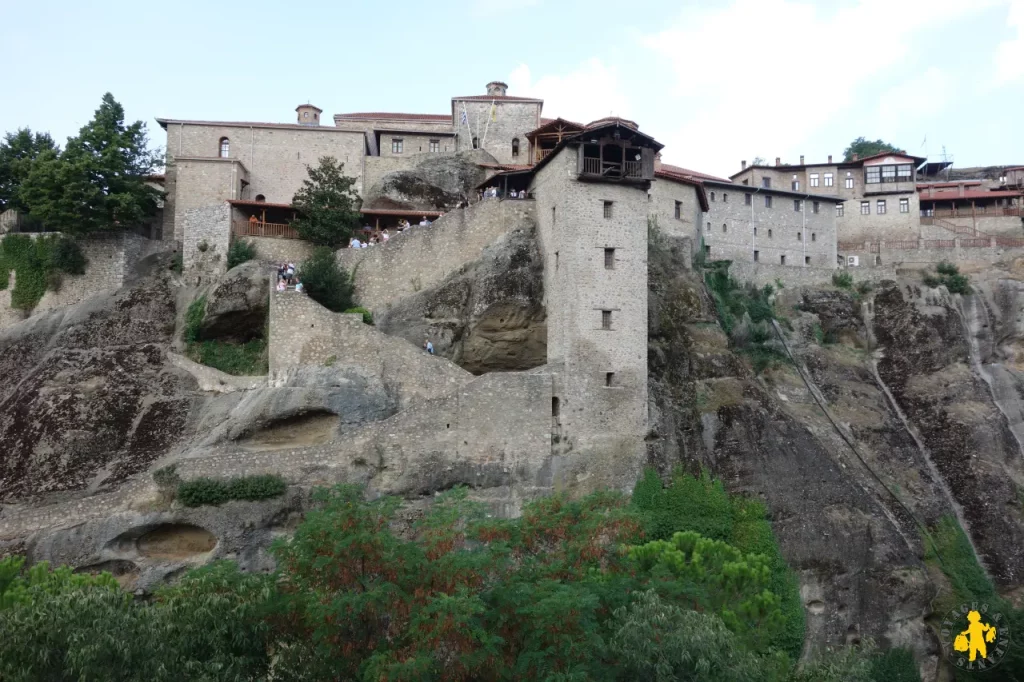
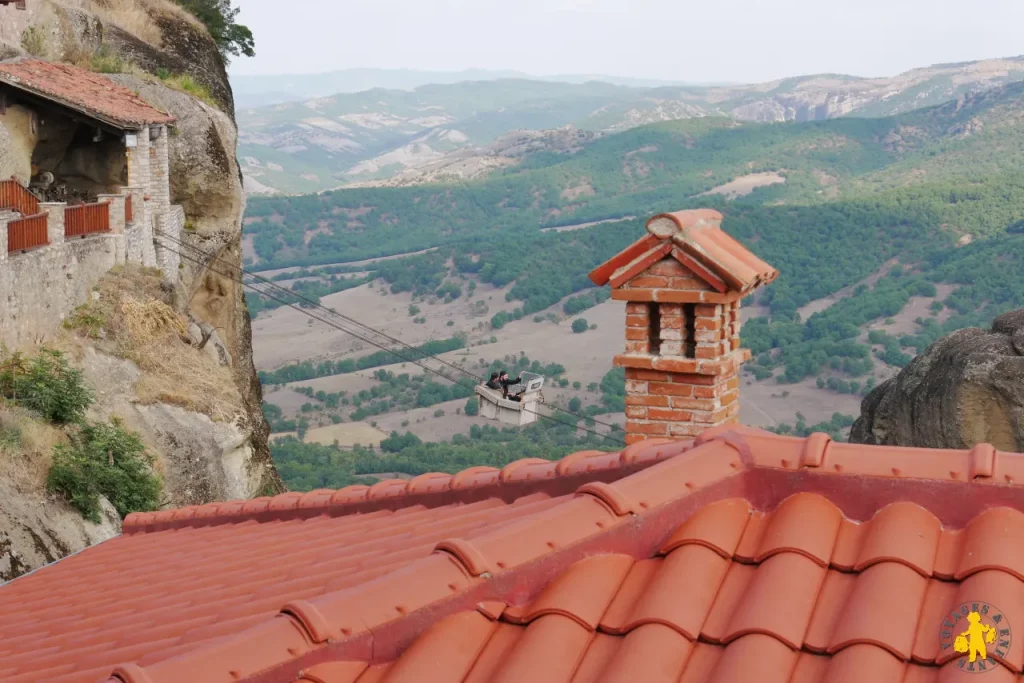
Varlaam Monastery
- Length of visit: Approximately 1 hour
- Entrance fee: €3
- Times: 9am – 4pm, closed on Fridays
Famous for its library and sacred relics. The monastery is reached via a small bridge and then a short walk. It is the 2nd largest monastery in the area.
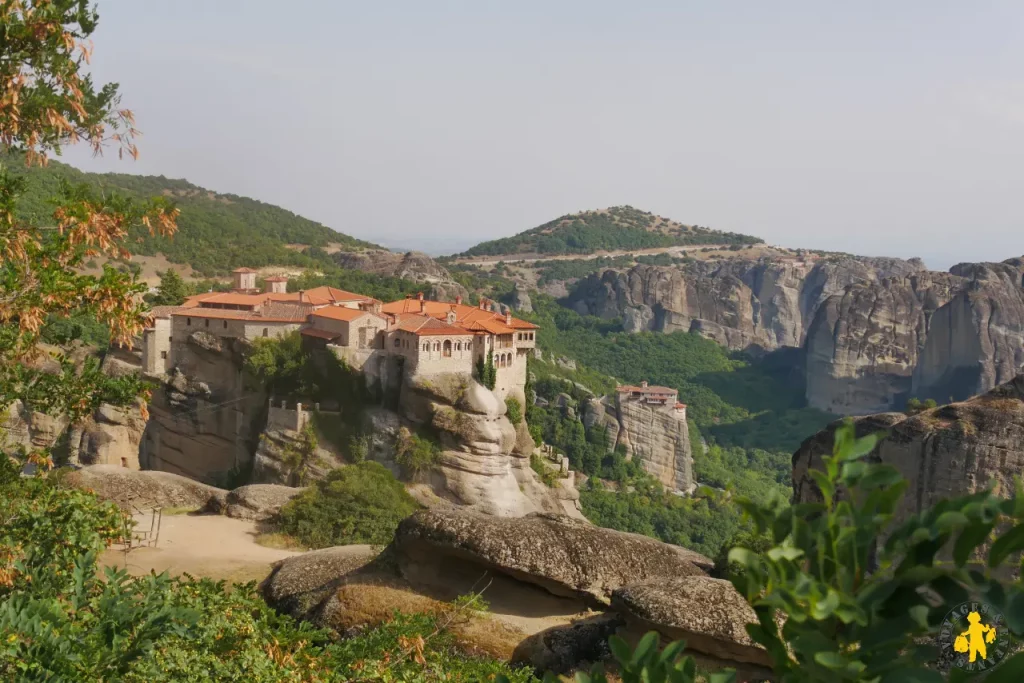
The Monastery of Roussanou
- Length of visit: Approximately 45 minutes
- Admission: €3
- Times: 9am – 5pm, closed on Wednesdays
Accessed via a bridge, it offers a breathtaking view over the valley. It’s also one of the most easily accessible, perfect for a visit with children. I liked this one the most, but it was closed when we visited and I was the only one who wanted to see more than 2 monasteries.
------------------------------------------------
Tout pour préparer votre voyage
------------------------------------------------
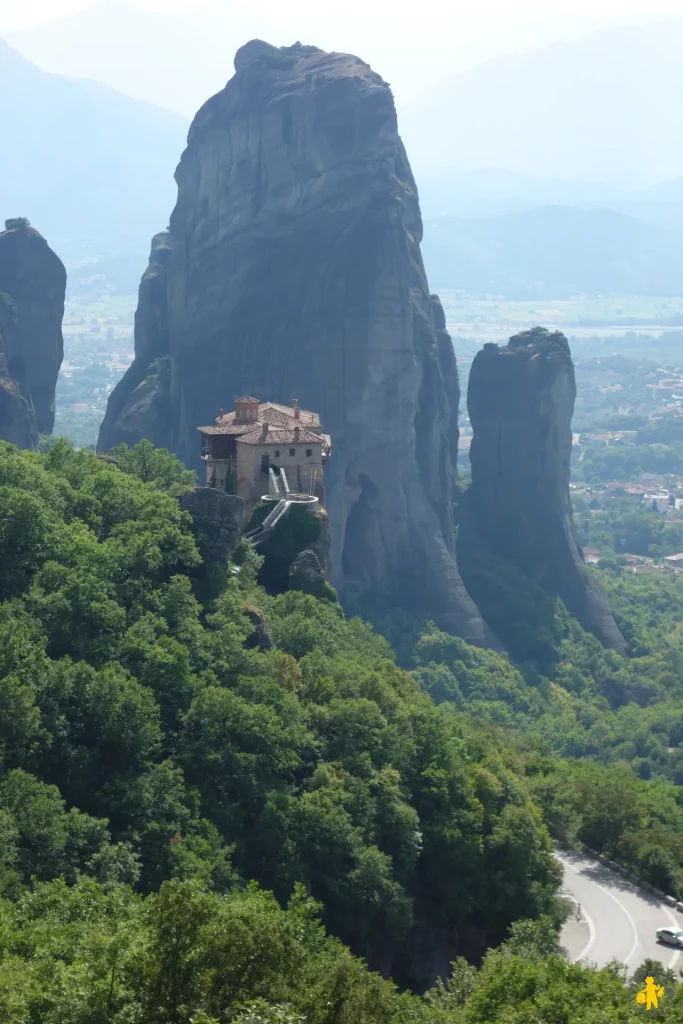
The Monastery of Saint-Nicolas Anapausas
- Length of visit: Approximately 45 minutes
- Entrance fee: 3 euros
- Times: 9am – 4pm, closed on Fridays
Located on a small formation rocheuse, il est célèbre pour ses fresques du XVIe siècle et son atmosphère paisible.
The Monastery of the Holy Trinity
- Length of visit: Approximately 1 hour
- Admission: 3 euros
- Times: 10am – 4pm, closed on Thursdays
One of the most isolated, with difficult access but breathtaking views. It is also famous for being the setting for the James Bond film ‘For Your Eyes Only’.
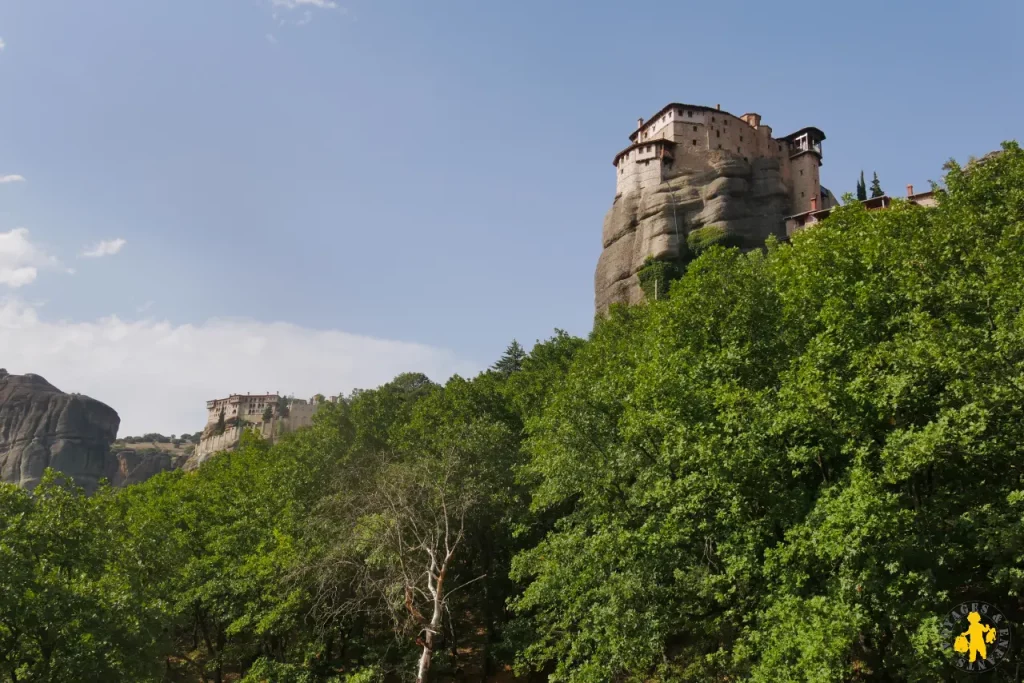
The Monastery of Saint-Stéphane
- Length of visit: Approximately 1 hour
- Admission fee: €3
- Times: 9am – 1.30pm and 3.30pm – 5.30pm, closed on Mondays
Accessible via a bridge, this monastery is the easiest to reach, ideal for families.s avec de jeunes enfants ou des personnes à mobilité réduite. Il abrite un musée d’art religieux.
>> You might also like: Athens with kids
Photo points of view
Numerous rocks are accessible from the road for long-distance photos of the monasteries, but be careful, as they can slide and you are often quite high up. During one climb, fortunately at the start and therefore at the bottom, I slipped badly, scraping my buttocks and elbow and, above all, getting dust all over the camera, giving me some great photos with a dusty trail!
Our tips for visiting Meteora with kids
- Itinerary and length of visit: We started our visit in the morning, when the monasteries opened, to avoid the heat and crowds. We recommend spending at least two days exploring all the monasteries in peace and quiet. But the children soon got fed up! They almost enjoyed the car tour more, admiring the buildings from afar!
- When to visit Meteora: if you can, avoid the busy summer.
- Appropriate clothing: Monasteries are places of worship, so it’s necessary to respect a dress code. Women must cover their shoulders and wear a long skirt. Skirts and scarves are often provided at the entrance. Men should avoid shorts and wear long trousers.
- Comfortable footwear: The tour involves a lot of walking and climbing stairs, so comfortable walking shoes are essential.
- Bring water and snacks: There aren’t many food stalls on the site, so bringing water and snacks is a good idea, especially for children.
- Enjoy the views: The panoramas from the terraces of the monasteries are breathtaking. Take time to enjoy the view and take photos. The same applies to the roads, but there is little room in the small car parks. So plan to be on the road early in the morning or at the end of the day.
- Explore Kalambaka and Kastraki: These two villages at the foot of Meteora offer comfortable accommodation and delicious local cuisine.
- Take your time: Don’t rush. Meteora is a place where you need to take the time to feel the history and spirituality that permeate every stone.
What to see in Northern Greece around Meteora: the mountains of Epirus with the family
After visiting Meteora with our family, we headed north-west to discover the Greek mountains, the Pindus range, and crossed this region of Northern Epirus with our family in 3 days and 2 nights before heading for Albania. What a surprise to discover all these mountains! And yet, 80% of Greece is covered in mountains, which is completely forgotten when you only look at the tourist photos of Greece. Western Thessaly and the Epirus region won us over with their verdant peaks, even in August!
Pertouli
Pertouli is a small mountain village surrounded by lush green forests and alpine meadows. It’s an ideal destination for outdoor activities with the kids. We loved discovering its small Orthodox church in this mountain landscape. There are easy family-friendly trails, such as the one leading to the Pertouli meadows, where you can see horses roaming freely. In winter, the village becomes a family ski resort, but even in summer, the walks and fresh air are perfect for a day out in the great outdoors.
- Length of visit: 4 to 5 hours
- Where to sleep: We slept at an authorised wild camping spot – the old sanitary blocks were still open but not very recommendable.
- How to get there: From Ioannina, Pertouli is about an hour and a half’s drive, or about 40 minutes from Kalambaka (if you’re visiting Meteora before or after).
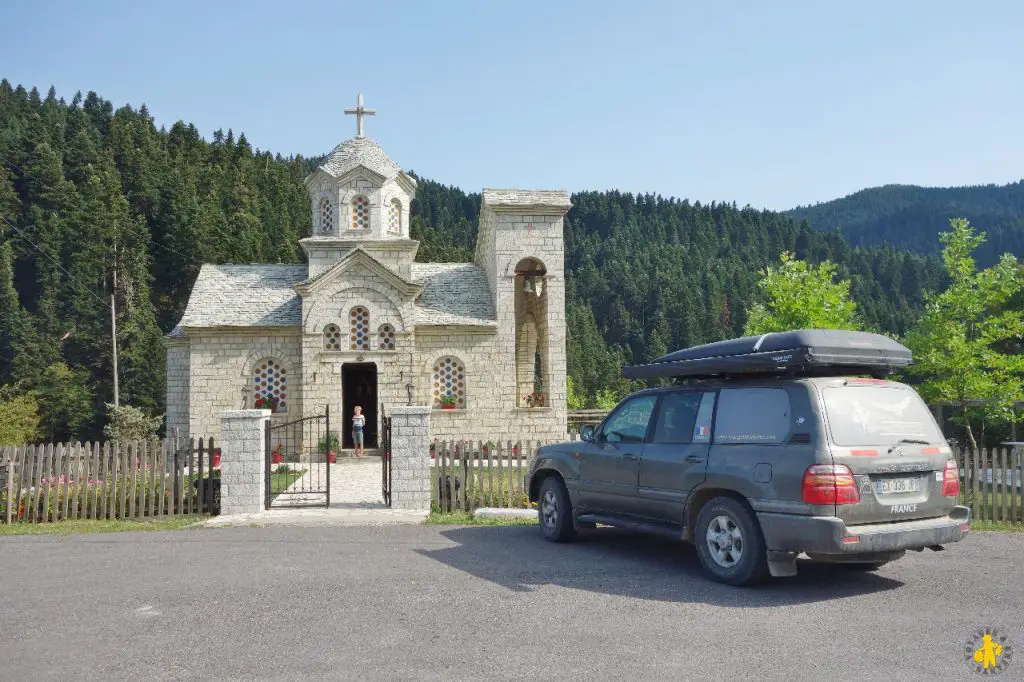
Pily and its historic Portaikos bridge
No tour of the village of Pily, but a short stop for a stroll to discover, in particular, the famous stone arch bridge, a masterpiece of 16thᵉ century Ottoman architecture. The Pily Bridge, which spans the Portaikos River, is particularly impressive with its large central arch. It is surrounded by a beautiful green natural setting, perfect for a short walk with the kids or a riverside picnic. It’s also a great place to take photos, especially at the end of the day when the light highlights the stone of the bridge. The area appears to be quite touristy, with numerous advertisements for nature activities posted in the car park.
- Length of visit: 1 hour
- How to get there: Pily is about 30 minutes’ drive from Pertouli.
>> Read also : Thessalonique en famille
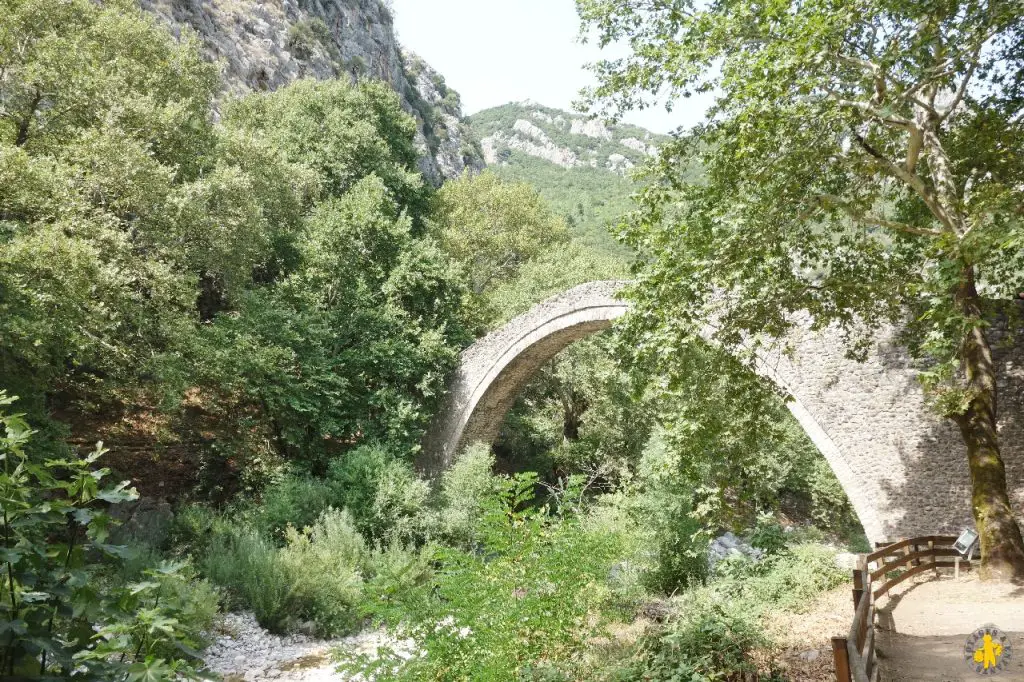
Tzoumerka National Park
If you’re a fan of wilderness and adventure, the Tzoumerka National Park is a hidden gem. Waterfalls, stone bridges and crystal-clear rivers make it a paradise for outdoor enthusiasts. It’s also a great place for hiking, rafting or simply enjoying the tranquillity of nature.
For our part, we only touched on this park on the way up the back roads to Meteora.
- Length of visit: 1 to 2 days, depending on the activities chosen.
Metsovo
For a different kind of atmosphere, Metsovo is a must. This village perched in the mountains is a blend of Greek culture and Balkan influences. Metsovo is also renowned for its cheese and mountain cuisine. In winter, it becomes a popular ski resort.
On the other hand, while the stone houses are charming, the place was really busy on this Sunday. Although we reached the town on minor roads, a motorway takes you from Meteora to this small mountain town in 1? hours. It’s a mountain town at 1100m (just like Briançon where we live) and it was nice to discover its landscapes, which we weren’t expecting at all in Greece. It’s the kind of place where you settle down for a good meal after wandering through its picturesque, touristy streets, to admire the traditional architecture, stone walls and roofs.
Although it’s really beautiful because it’s well-preserved (yet another Disney-style little town, which is to say too perfect for my tastes), it’s not our favourite village in the region.
Length of visit: 4 to 5 hours
Where to park: On Sundays, park as soon as you see a space available. For us, the signposted car parks were all limited in height, and the centre was packed on this particular Sunday.
How to get there: Metsovo is about 45 minutes’ drive from Ioannina on the Egnatia motorway, which is easily accessible.
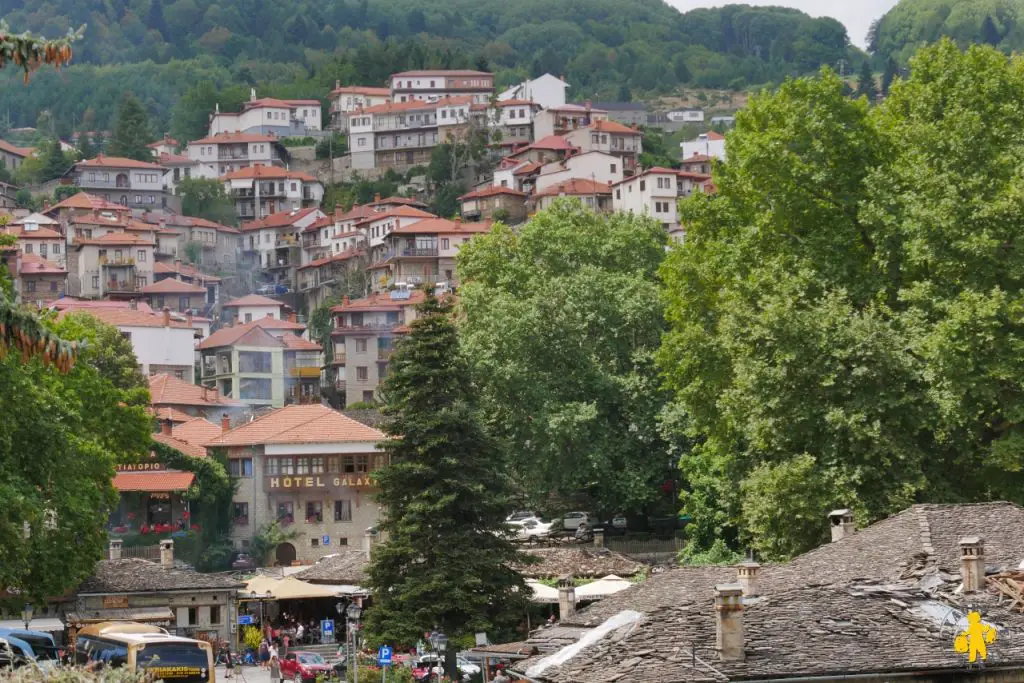
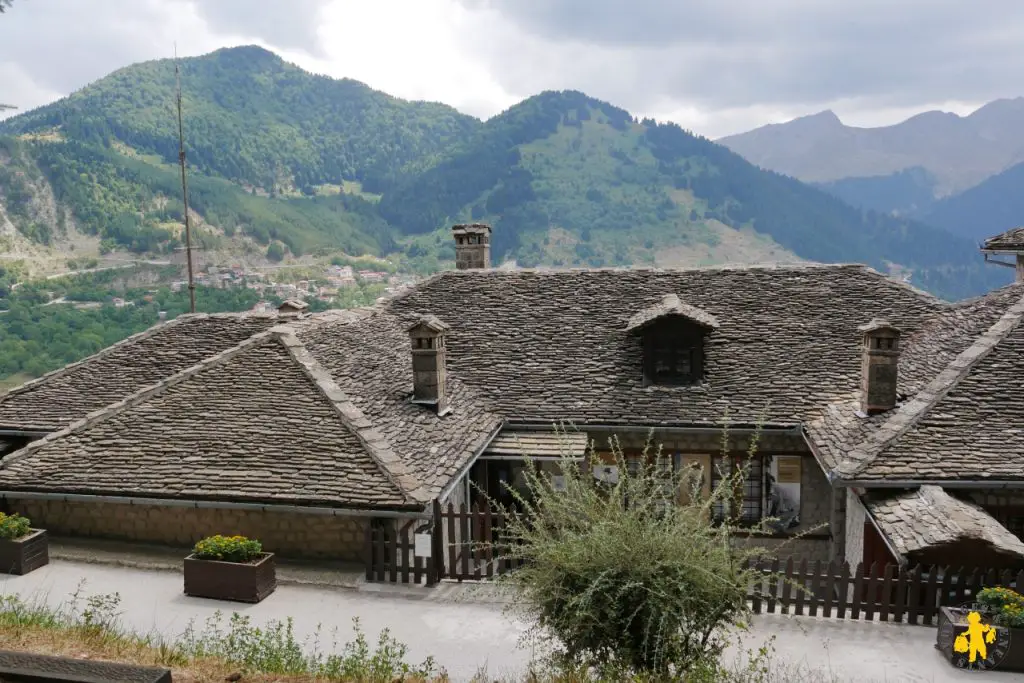
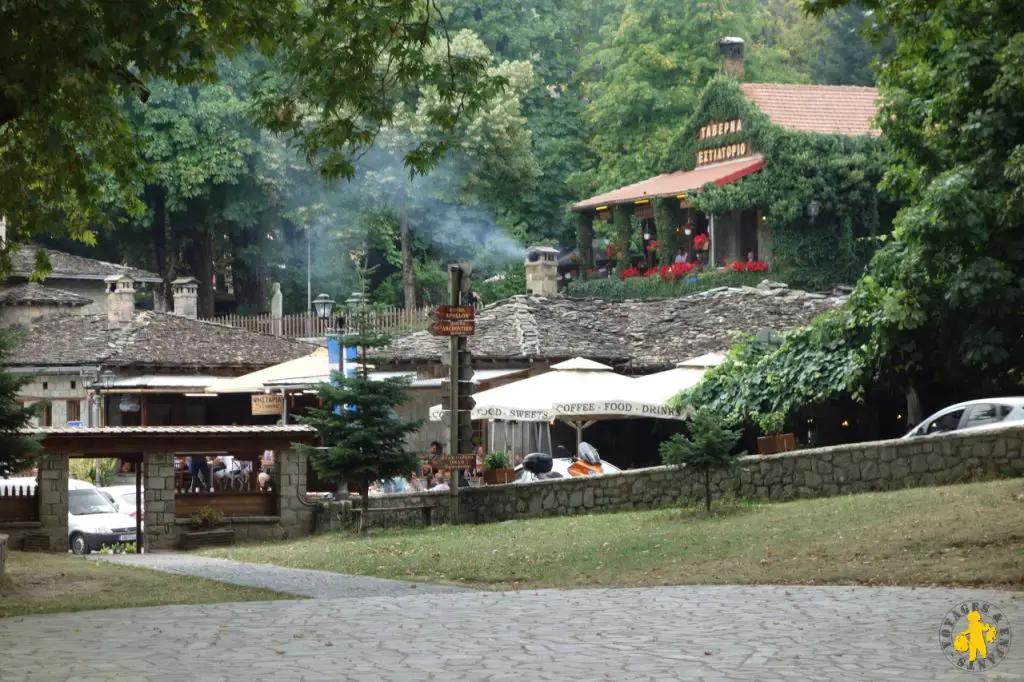
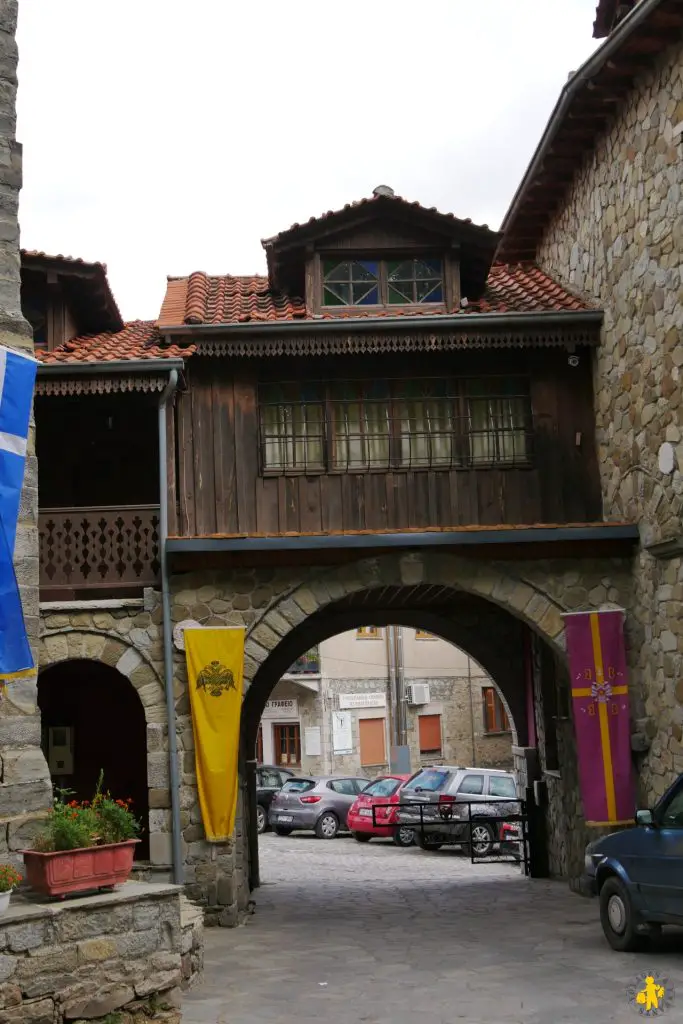
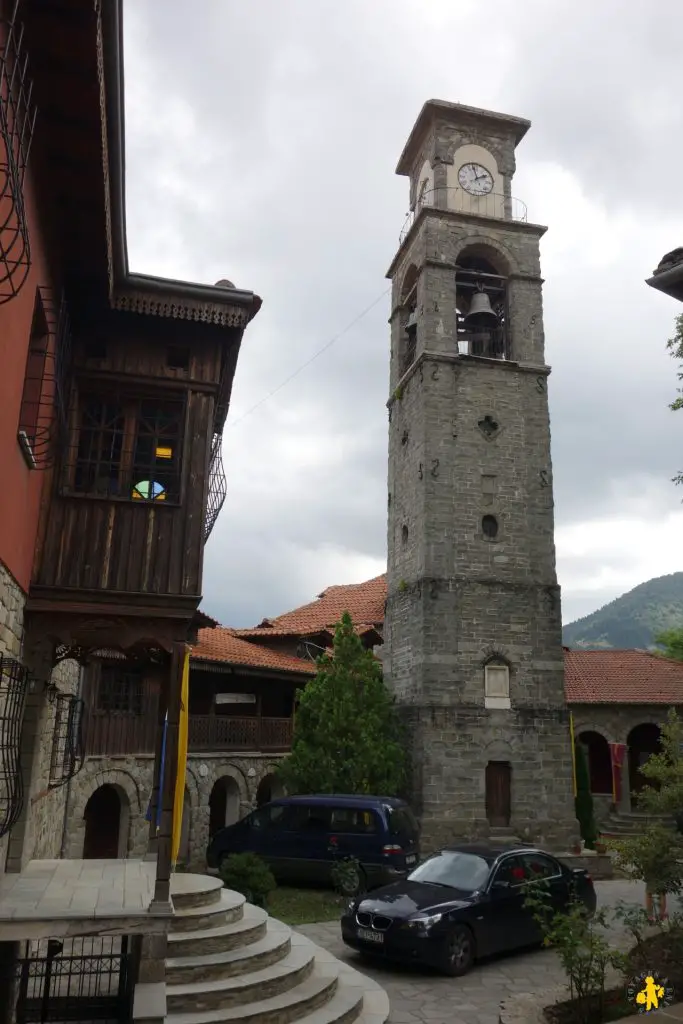
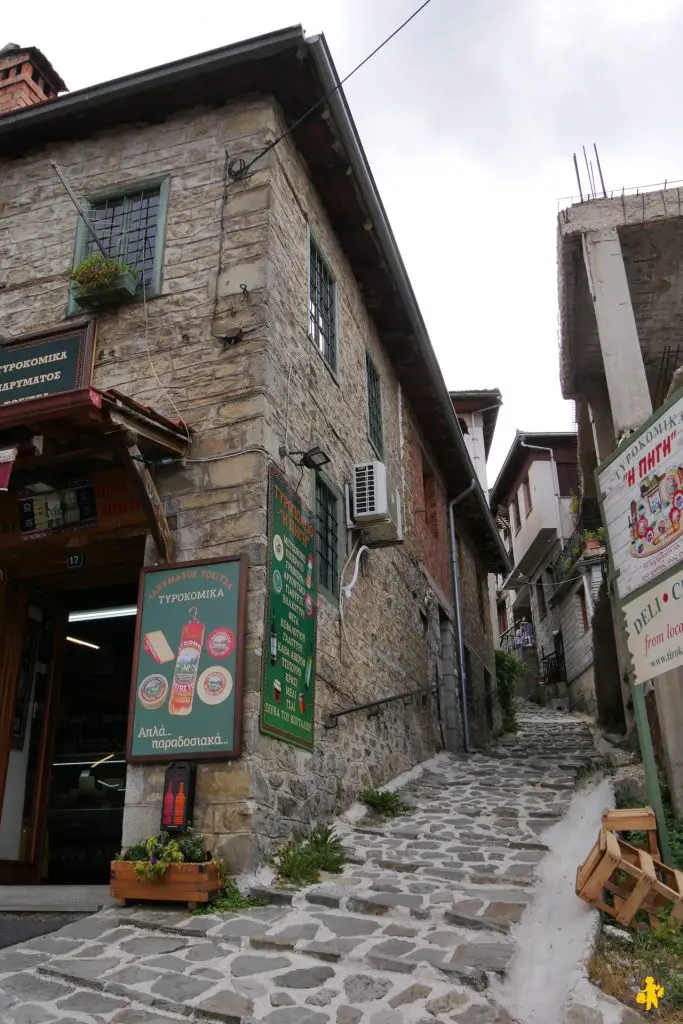
Ioannina and its Pamvotida lake
We didn’t visit Ioannina, the large town in the region on the shores of Lake Pamvotida. We skirted the lake so as not to arrive too late at the Vikos Gorge. However, the boat trip to the small island in the middle of the lake is a real pleasure, especially with children. The historic centre seems perfect for a stroll, with its cobbled streets and small local tavernas. Ioannina is also a good base for exploring the rest of the region.
Length of visit: 1 to 2 days
How to get there: From Meteora (Kalambaka), it will take you around 2 hours by car. There are also direct buses from Kalambaka.
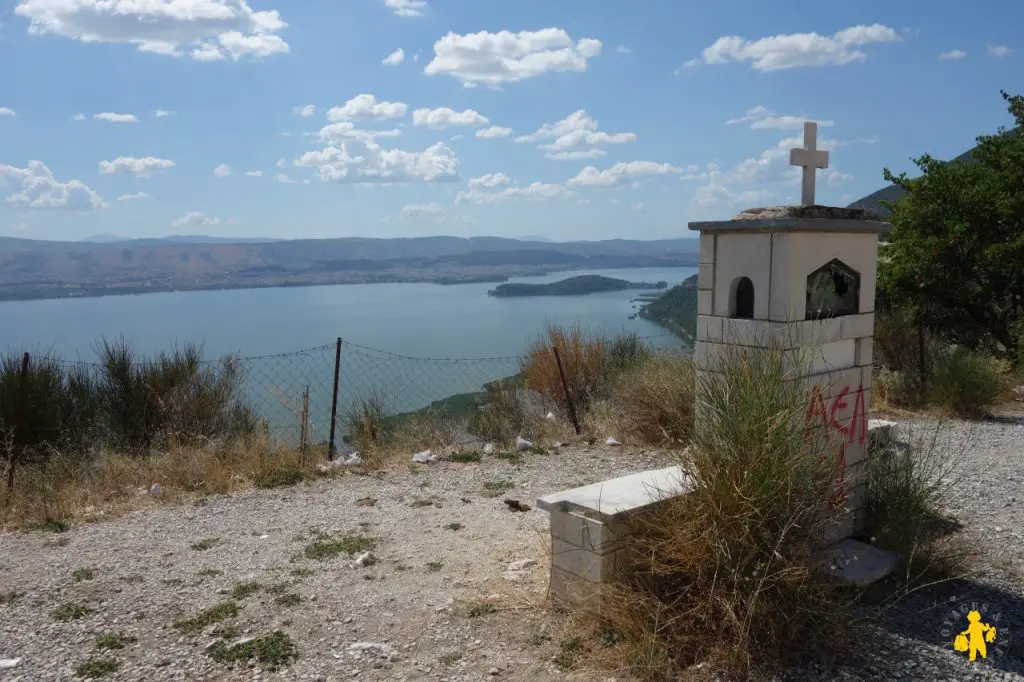
The Vikos Gorge
For breathtaking views, head for the Vikos Gorge. This is one of the deepest canyons in the world, and even if you’re not much of a hiker, a simple walk along the gorge will leave you with unforgettable memories. For nature lovers, this is clearly a must. At the far end flows the Voïdomátis river.
After crossing a pretty plain and talking to the shepherd we’d hitched a ride with, we arrive in an area that really reminds us of the garrigue of Provence. And it’s magnificent. Parking at the car park at the end of the road, we set off on a short hike to the splendid viewpoint over the gorges.
Length of visit: 1 hour to enjoy the viewpoint, but other paths are certainly accessible in the area.
How to get there: From Ioannina, take the road to the village of Monodendri (around 40 minutes by car), an excellent starting point for exploring the gorges.

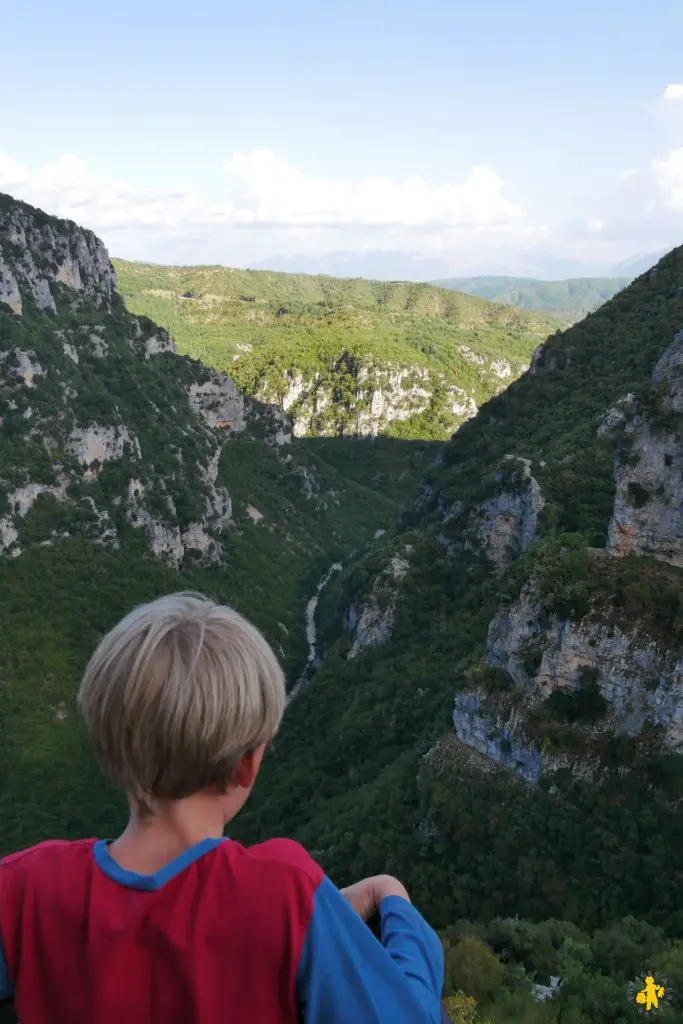
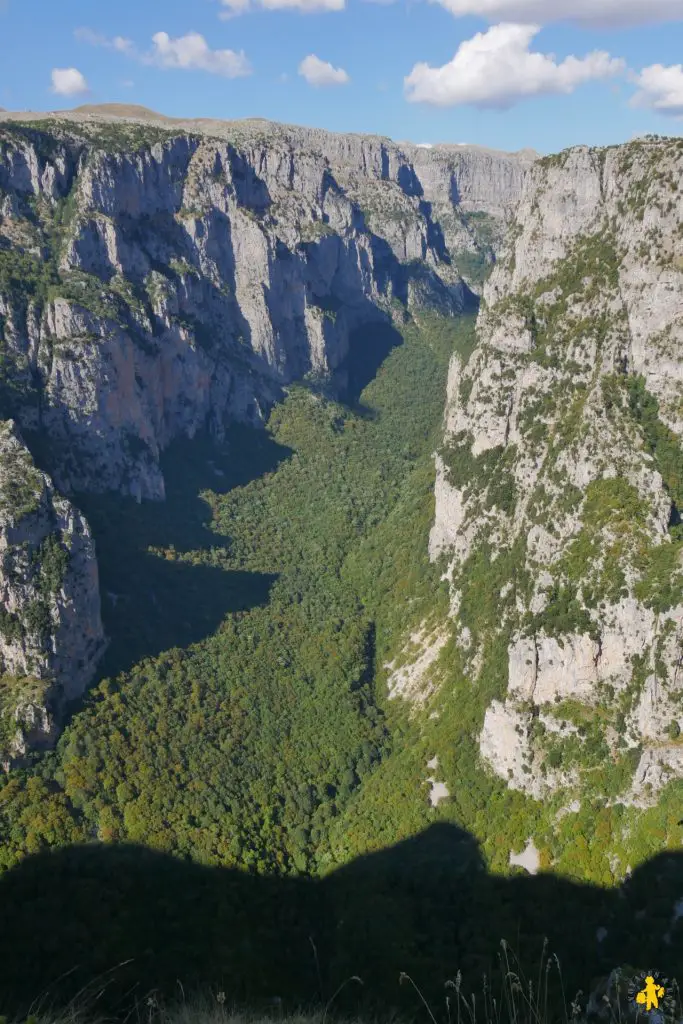
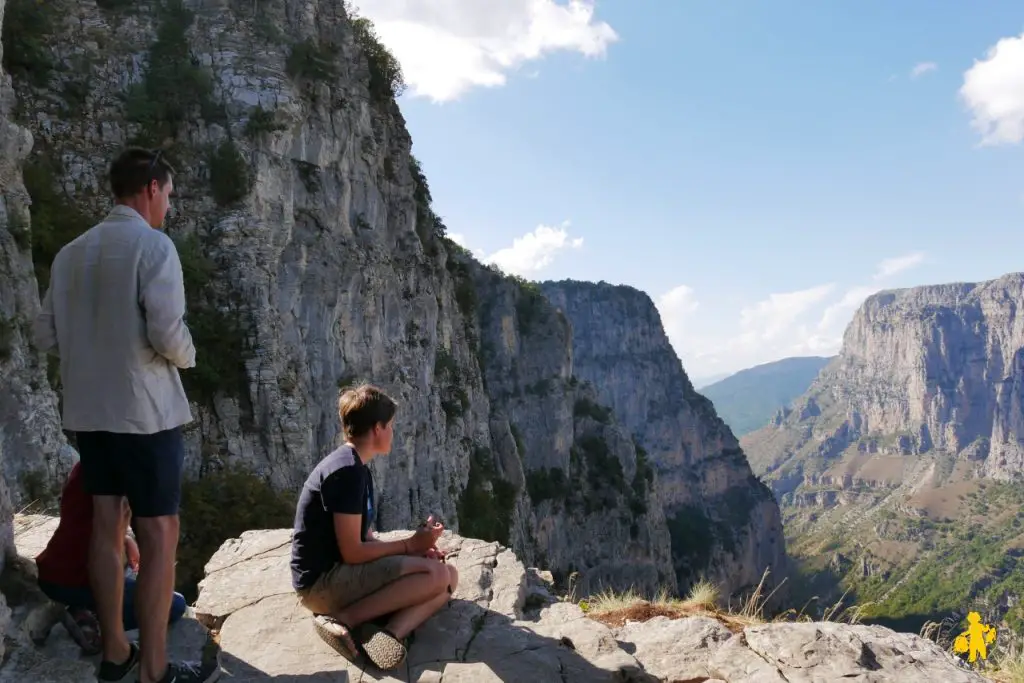
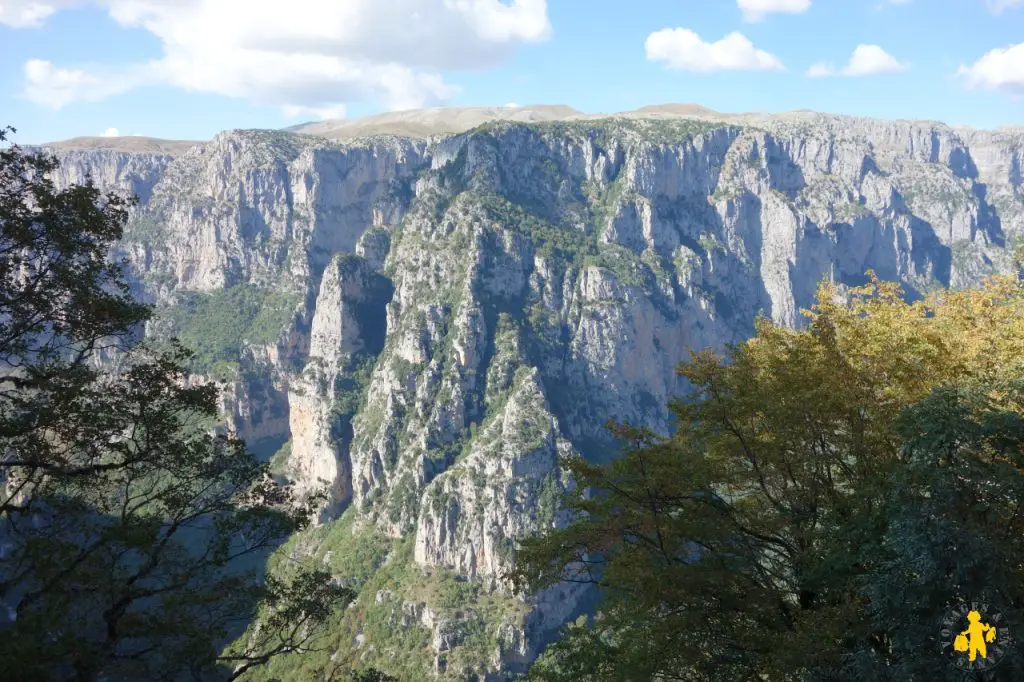
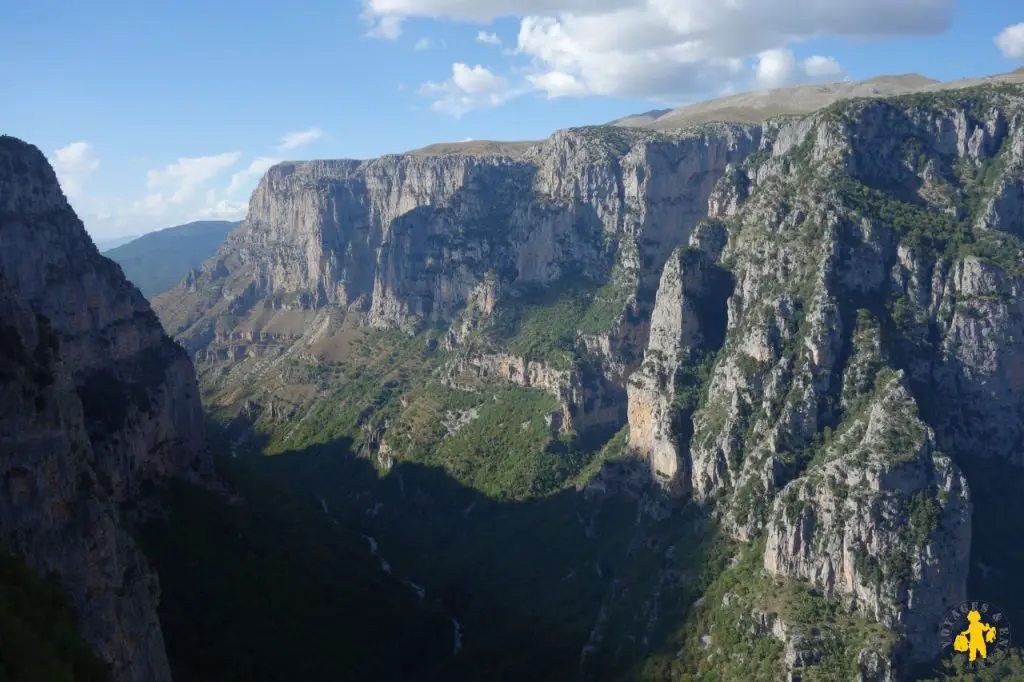
The villages of Zagori: Monodendri
The Zagori region is a marvel, and was added to UNESCO’s World Heritage List in 2023. It is famous for its small traditional stone villages, scattered throughout the mountains. I couldn’t tell you which villages we visited, as I don’t remember the names, but we did make a few photo stops.
For us, it was a really nice stop at the village of Monodendri, which is typical and really charming. As we were there at the end of the day, at the end of August, it was quiet, but on the village square there are 2 hotels and several restaurants. We ate there, and a Greek woman made us want to try the local speciality, the name of which I can’t remember!
From this village, we set off on foot to see the Agia Paraskevi monastery, around 40 minutes below the village. It’s an easy walk on cobblestones at the start. The view from the monastery opens out onto the famous Vikos Gorge in a sublime panorama.
- Length of visit: 1 day, but you could easily spend 2 or 3 days exploring several villages.
- Where to stay: I spotted the Arktouros hotel, which is very nice just outside the village.
- How to get there: From the Vikos or Ioannina gorges, it’s about an hour and a half’s drive through the region, with a few twists and turns, but the scenery is well worth it.
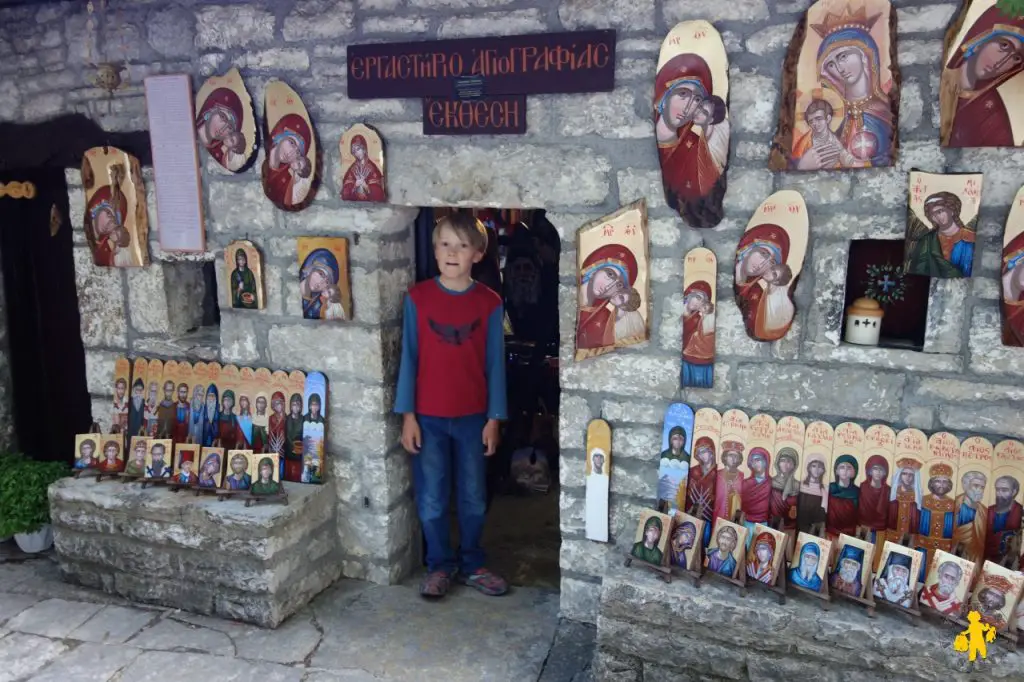
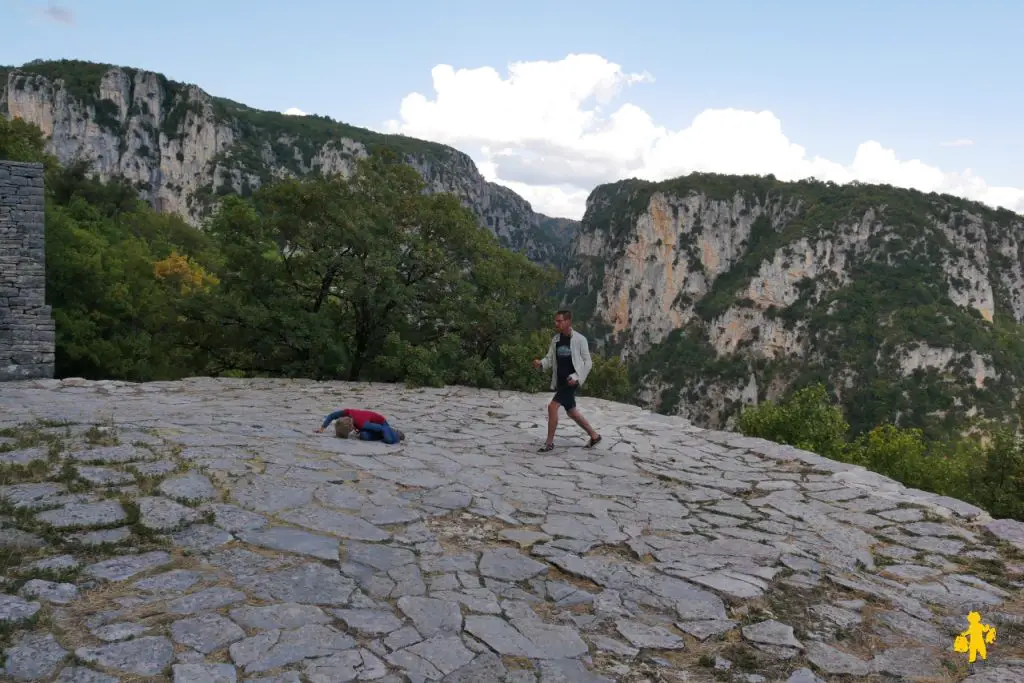
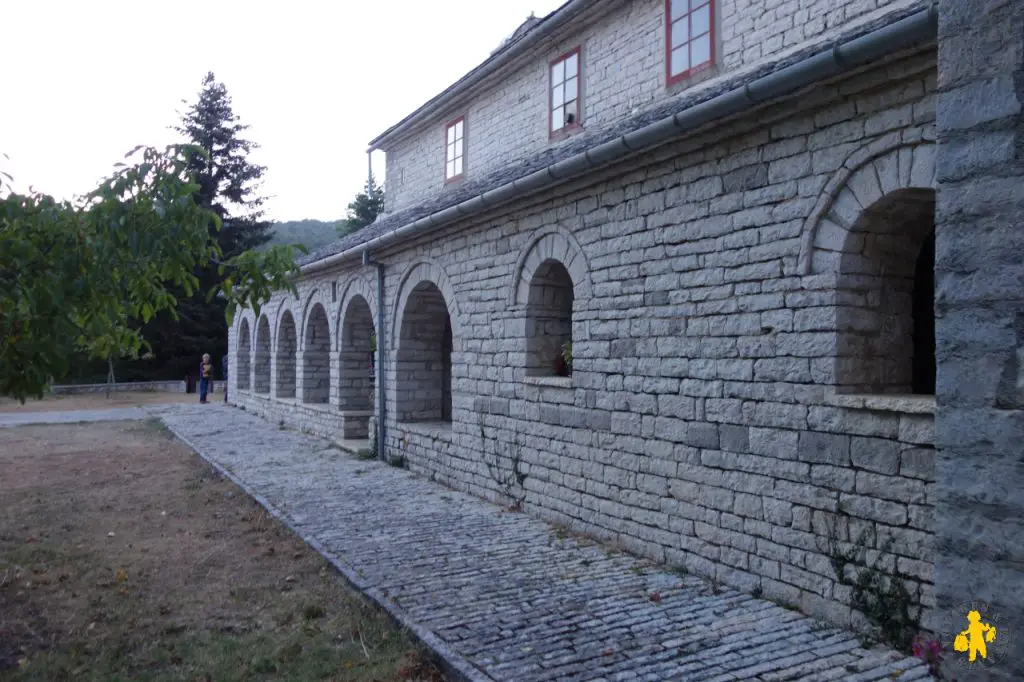
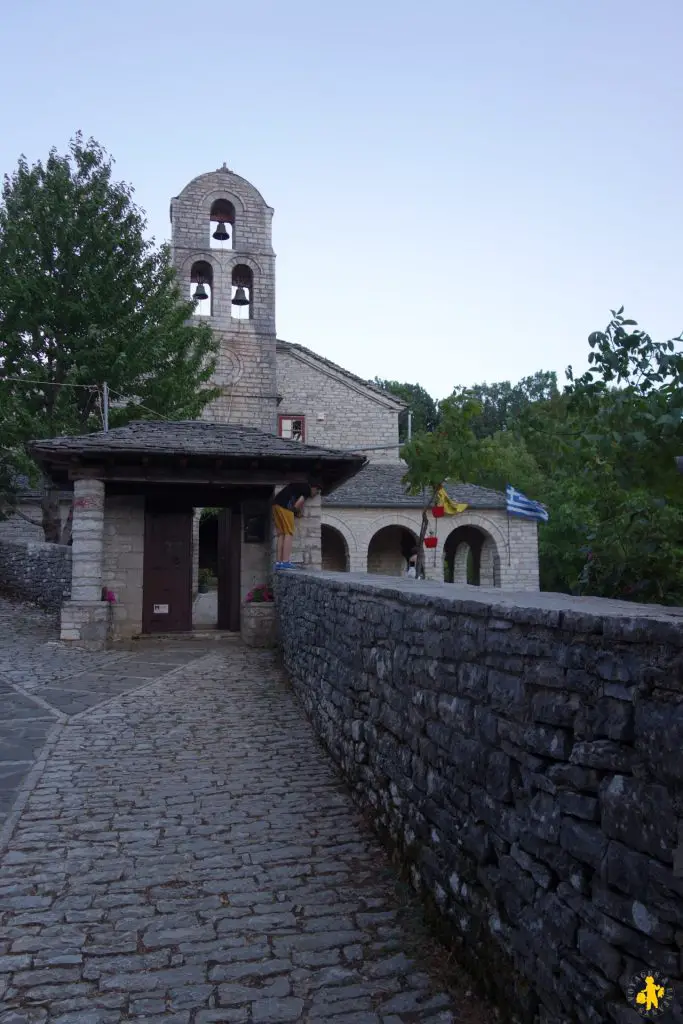
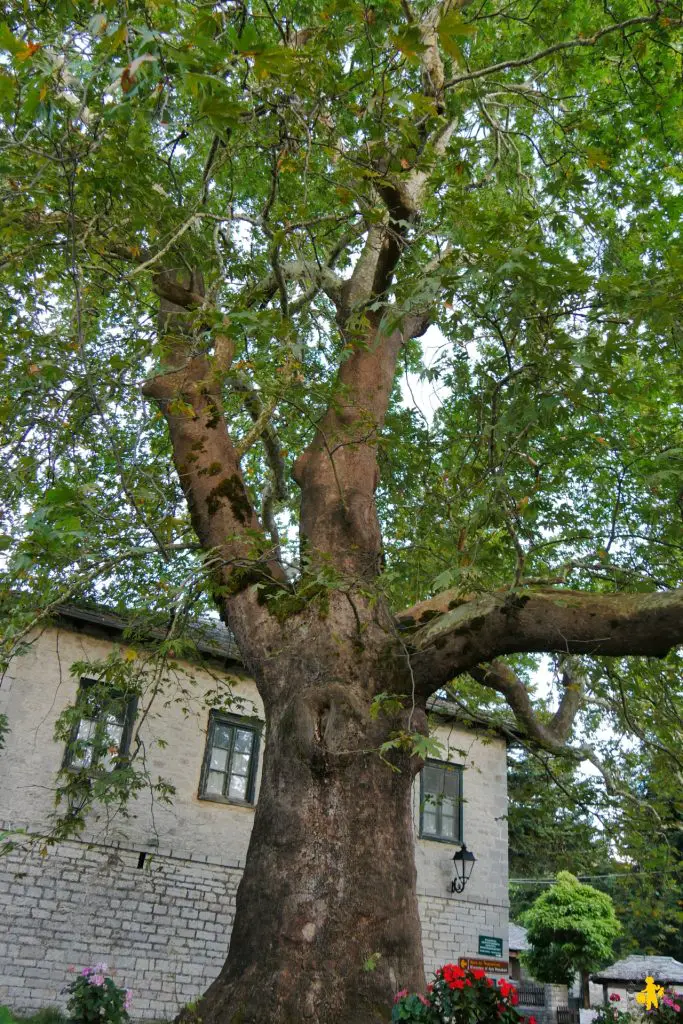
I hope this feedback will help you organise your family visit to Meteora and enjoy the Epirus region as a family, a mountainous region off the beaten track…

